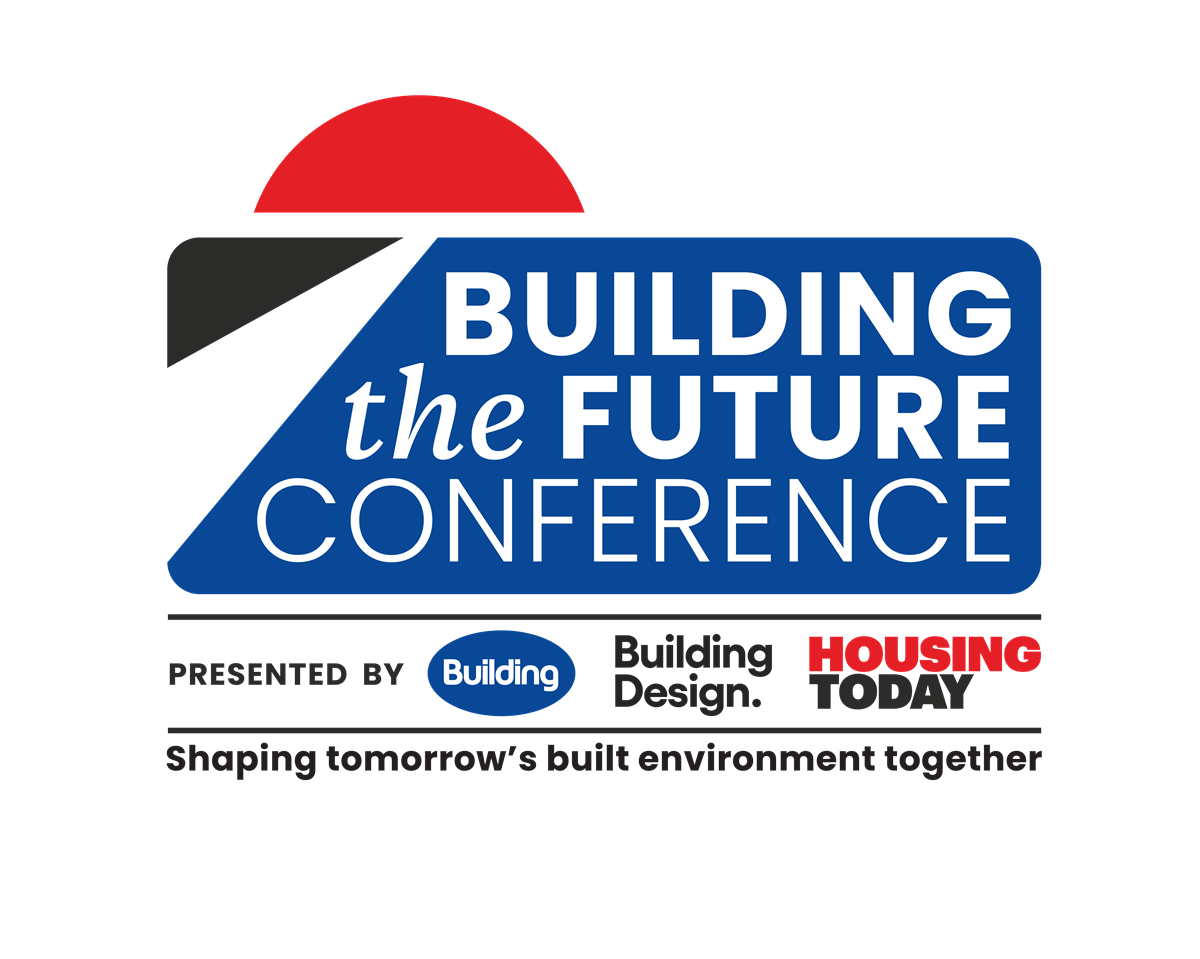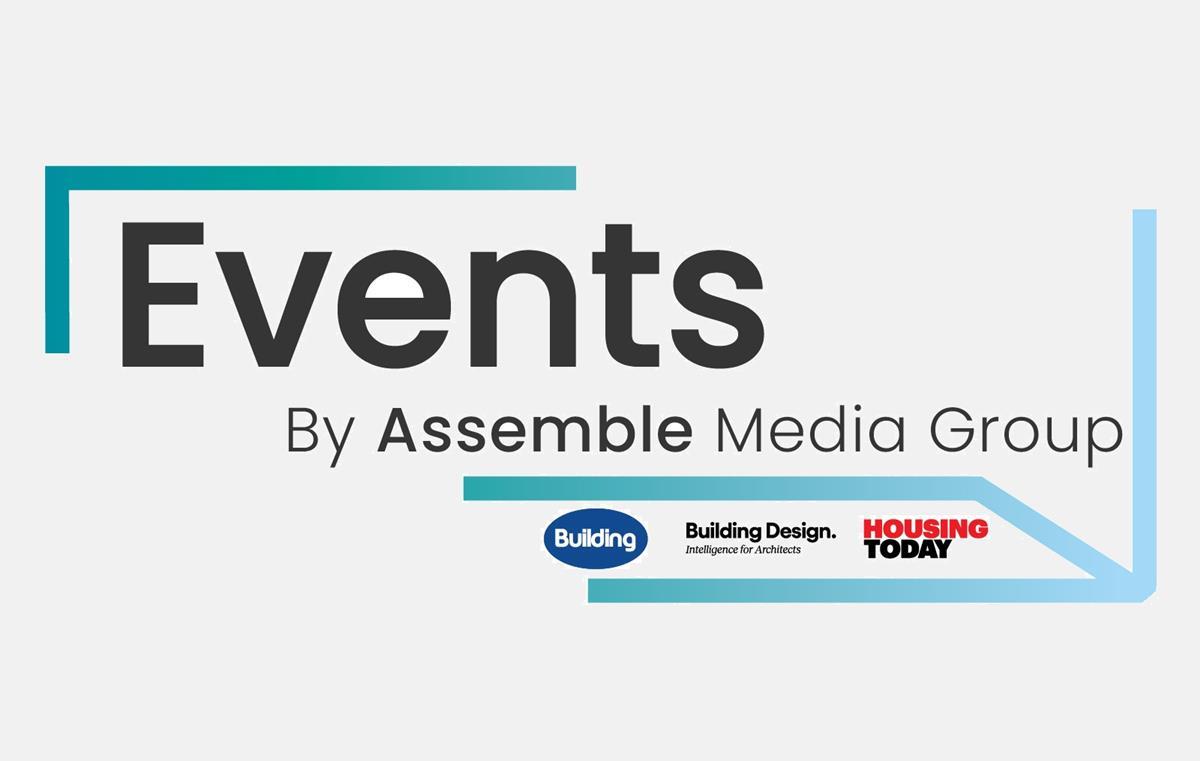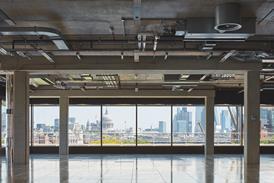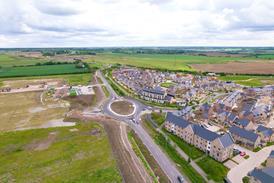In the light of the major revisions to the Building Regulations Part B – Fire safety, the cost research department of Davis Langdon Mott Green Wall looks at the likely impact on services budgets
On 6 April changes to Part B - Fire Safety of the Building Regulations and the guidance in Approved Document B come into force in England and Wales.
The aim of the changes is to improve the overall level of fire safety in buildings by reducing the occurrence and size of fires through preventive measures.
It's been almost seven years since the last technical review and in that time there have been changes in construction methods and trends, together with the publication of new or amended standards and changes to other policies and legislation which impact on the fire safety of buildings.
To make the guidance clearer to understand and apply, and to reflect how different buildings are procured and constructed, the document has been split into two volumes. Volume one deals with so-called dwelling houses and volume two with buildings other than dwelling houses – but including blocks of flats.
It is important to note that while Approved Document B provides practical guidance on implementing the functional requirements of Part B which has been approved by the Secretary of State, that is not to say other methods may not be used, provided it is demonstrated that they satisfy the functional requirements. This is particularly applicable where non-standard buildings are concerned, and the design lends itself to a fire-engineered solution rather than a prescriptive one.
There are a number of significant changes in the revised Part B and the table overleaf looks at the implications these will have on the services costs. It should be noted that those amendments that are not services-related and have no services cost implications have not been included. These amendments can briefly be explained as follows:
• Smoke ventilation in blocks of flats
The 2000 edition of Approved Document B refers to the provision of natural ventilation only for smoke-venting common escape routes to flats 1 & 2 . The 2006 edition provides more guidance on the use of natural ventilation and allows the use of mechanical ventilation to the stair and/or corridor/lobby as an alternative. In making the amendment it was felt that installing improved ventilation systems would substantially reduce the risk of death or injury; however the document goes on to say that current practice already adopts many aspects referred to, so the amendment is bringing it more in line with this.
• Sprinkler protection
One of the major changes is the requirement for sprinkler protection in new blocks of flats over 30 m in height 3 . They are required within individual flats only, not in common areas such as stairs, corridors or landings. This follows research into the effectiveness of the measure which suggested a significant reduction in fatalities, injuries and property damage could be achieved. On the basis that this category of housing represents less than 1% of the total, it was considered a cost-effective measure.
The new edition also requires that sprinklers should be provided in residential care homes 4. However, unlike the case of flats, there is an acceptable alternative of providing free-swing closing doors , but only where there is one bed per bedroom. Any more than this and sprinklers must be provided. Based on detailed analysis of fire statistics and research studies, it is suggested that while both measures are effective in reducing fatalities, injuries and property damage, sprinklers will have a slightly greater impact. With over 95% of care homes currently under construction being designed on a single bedroom occupancy basis, the use of free-swing doors is likely to be more prevalent. While both sprinklers and free-swing closing doors are considered cost-effective for the benefits their installation provides, free-swing doors are deemed to be the more cost-effective because of their lower price.
• Existing legislation
There are a series of amendments directed at offices, shop and commercial premises and assembly and recreation spaces, of which two have a direct impact on building services. These are to provide a means of warning for people with impaired hearing and emergency voice communication to allow evacuation of people waiting in refuges 5 . These changes are designed to bring the Approved Document in line with the Part M of the Building Regulations – Access to and use of buildings, as well as other supporting British Standards and legislation, and so are considered as being provided already, imposing no significant additional cost.
• Provision of fire-fighting shafts
Fire-fighting shafts are no longer required for storage facility buildings, but are now required for assembly and recreation buildings 6 & 7. In both cases, it applies to buildings between
7.5 m and 18 m in height. The reasoning for this amendment is that assembly and recreation buildings are considered to have a higher casualty risk than storage facilities, with more buildings of this type being constructed each year. The shaft does not need to include a fire-fighting lift and for the purposes of the table, it is assumed that the shaft contains a dry riser and natural smoke ventilation via an opening at the top of the shaft.
• Unsprinklered compartment size
Approved Document B has introduced a limit on the maximum unsprinklered compartment size for storage and industrial buildings of 20,000 m² and/or 18 m in height 8. This is viewed as part of a larger exercise to ensure consistency of approach across England and Wales and to adopt a nationally accepted limit. This is in response to the suggestion that there was a practice of proposed warehouses being moved to areas where the local authority’s requirements were less onerous than an adjacent authority’s.
Constructing walls to limit the compartment size is a cheaper alternative than providing sprinklers, but warehouse operators do not favour them as they can restrict movements within the building. Interestingly, 20-50% of large warehouses (over 10,000 m²) are sprinklered anyway for insurance purposes, so this may not be as contentious a step as first thought. Although not currently perceived as a major risk, these types of buildings are becoming larger, so it was felt the corresponding increased risk of death and/or injury needed to be addressed at this stage.
The Approved Document also recognises the rapid growth of self-storage warehouses, where due to the nature of usage and the degree of compartmentation, there are risks not normally associated with warehouse buildings. Accordingly, this type of building has been reclassified as shop and commercial, the main consequence being the introduction of a maximum unsprinklered compartment size of 2000 m² 9. The typical storey floor for these types of buildings is less than 2000 m², so this will have no cost implication. However, for those with greater storey floor areas, either compartment walls will be needed or sprinklers installed. Compartment walls are likely to be a cheaper and more appropriate option, although the costs of the sprinklered alternatives are given in the table.
• Escape stairs in tall buildings
In tall buildings over 30 m in height, where phased evacuation is adopted, it is recognised there may be a potential conflict between persons escaping down a stair and fire-fighters using it. In low-rise buildings, this can generally be addressed by incorporating specific management procedures into the evacuation strategy in consultation with the fire service. However in buildings over 45 m in height, physical measures may be needed. The amendment proposes to discount a stair in buildings over 45 m in height with phased evacuation, or to adopt alternative solutions in consultation with the fire service, in order to ensure that means of escape and fire-fighting operations are more effective 10.
In discounting a stair, some buildings would need to have wider stairs, typically by 300-400 mm, or be provided with an additional stair. The impact would vary from building to building and would depend on the floor area of each storey, occupancy per floor and number of stairs. It has been estimated that approximately one-third of affected developments will choose to discount stairs, with the remainder opting for management alternatives in consultation with the local fire service. The cost in the table assumes the escape stairs are mechanically pressurised.
• Additional dry risers
There may be a need to provide additional rising fire mains 11 to all types of unsprinklered buildings in order to meet the distances from a fire main outlet specified in the new document: no more then 45 m from an outlet in a protected stairway for floors above 18 m in height, and 60 m from a main in a fire-fighting shaft.
• Floor cavity barriers
The amendment to provide cavity barriers in floor voids is largely to ensure consistency of approach, since these are normally specified in new-build and refurbishment projects and a 20 m spacing is often used in accordance with Loss Prevention Council guidelines 12. Part E provisions for sound insulation between offices often mean barriers are installed in floor voids to prevent sound transmission and the material used typically provides half-hour fire-resistance. This is therefore considered to have no cost implications.
• Provision of information
Finally there is one further significant amendment, which is the requirement for all information on fire safety designs and procedures for operating and maintaining a building's fire protective measures to be provided by the builder/developer on completion of the work. It is considered good practice and would be more cost-effective to prepare this information at the construction stage. It would also greatly assist owner/occupiers in the preparation of their risk assessment.
Source
Building Sustainable Design























No comments yet